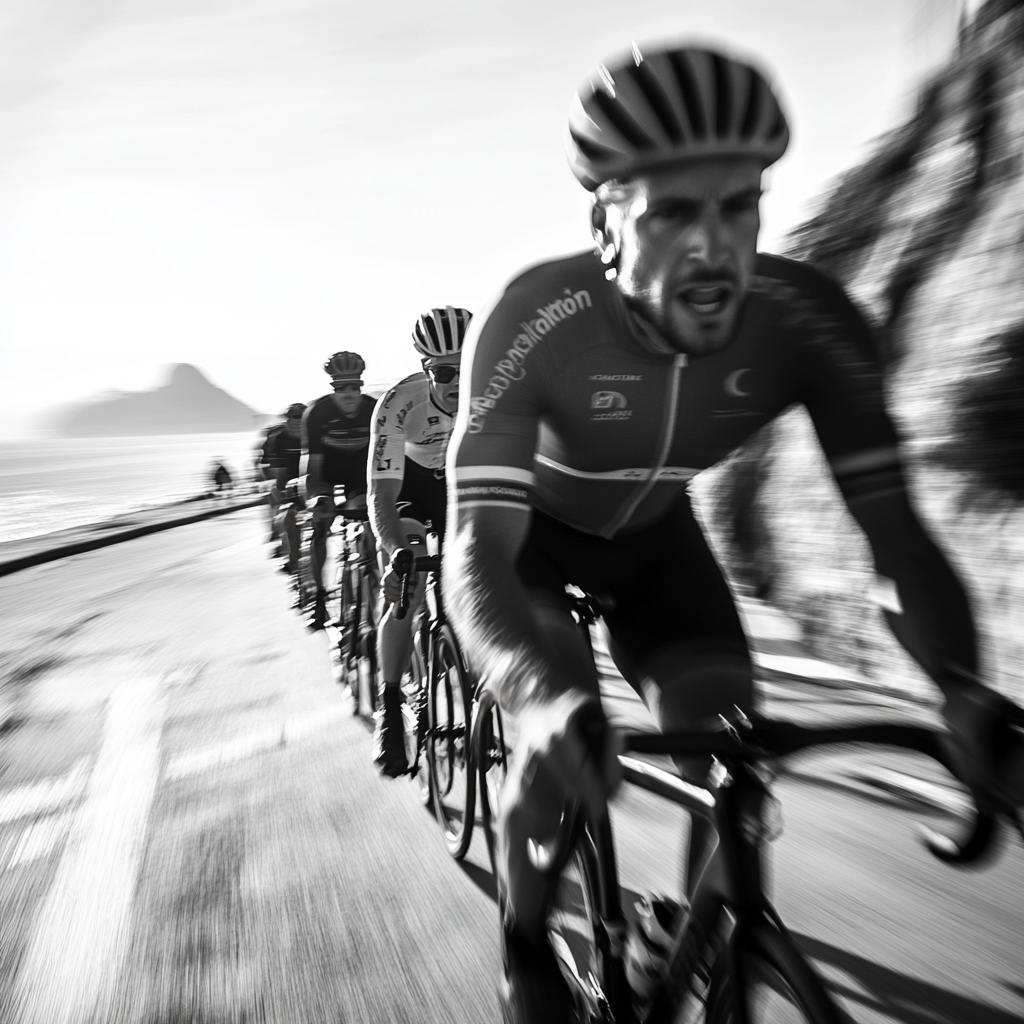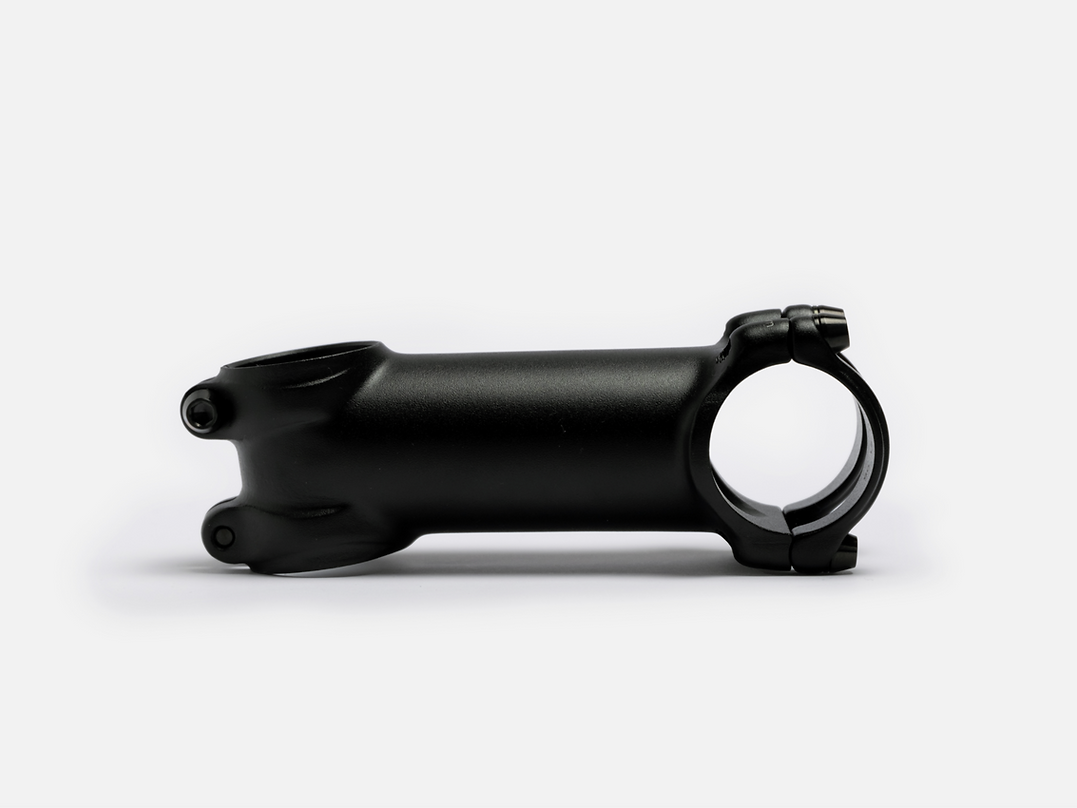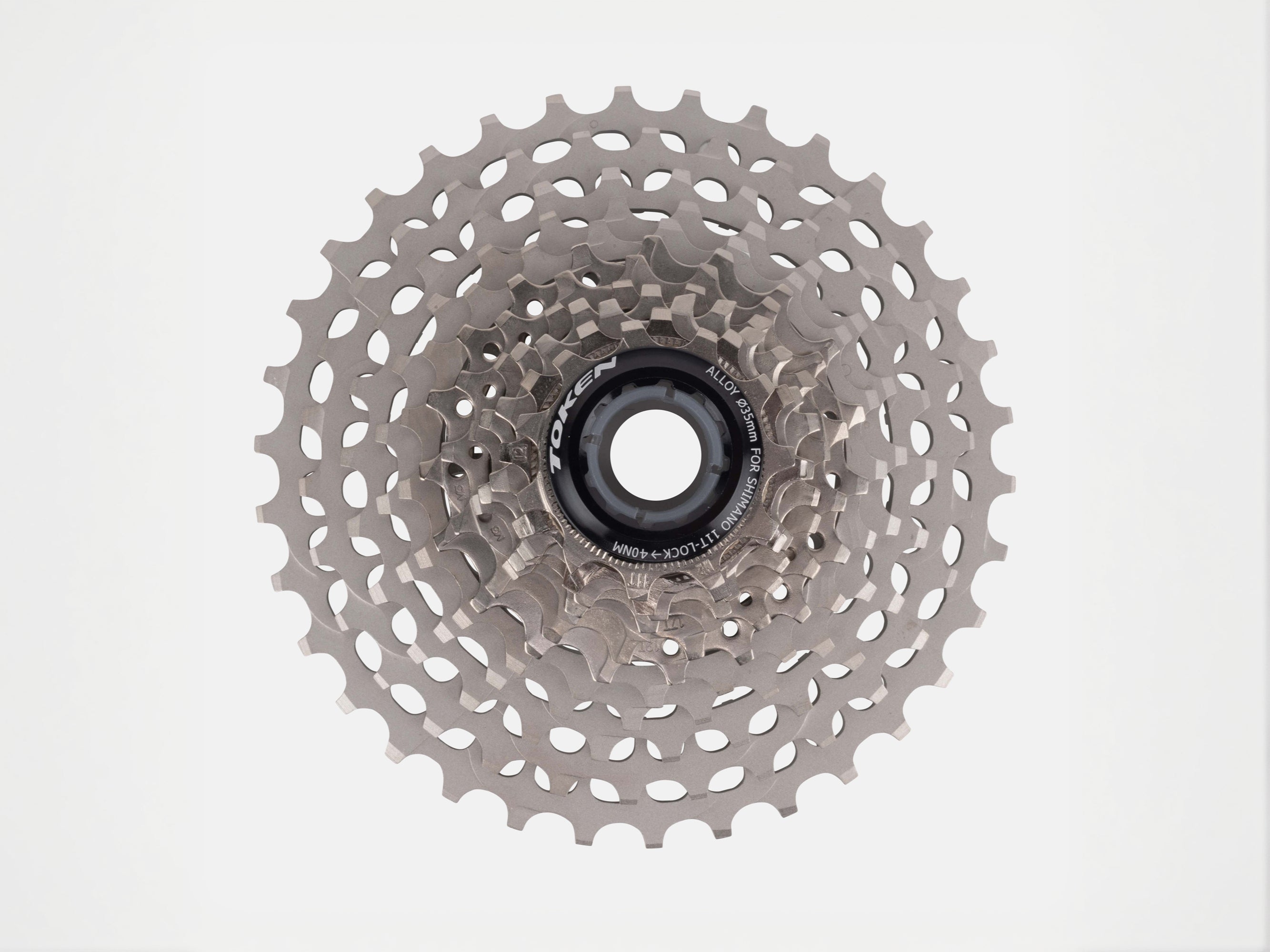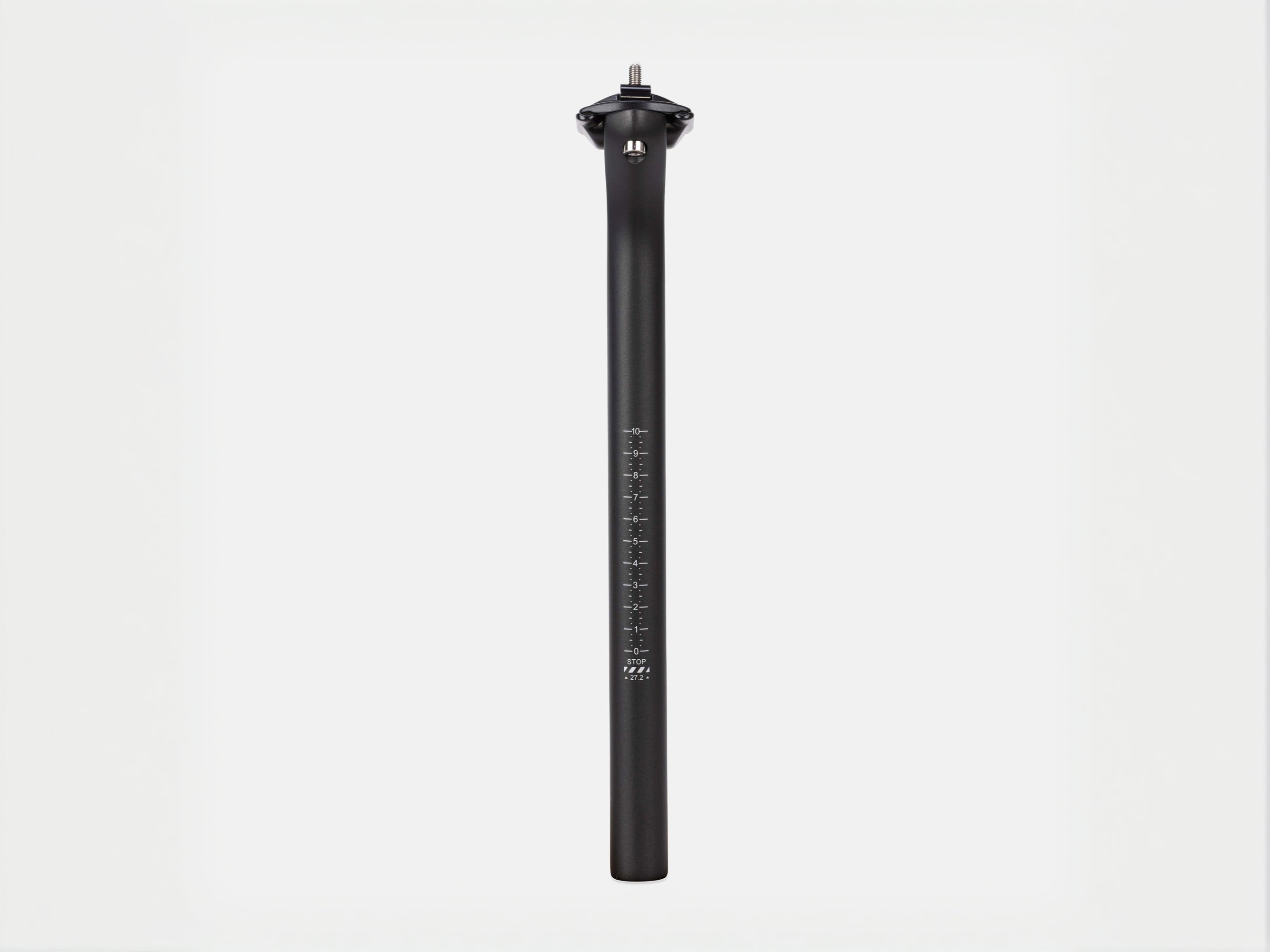We hear all the time about the positive link between exercise and health: how exercise reduces cardiovascular disease and increases our chance of living longer.
But it also seems so obvious, so intuitive, to us and everyone we speak to in our cycling club that there is more going on than this.
So this week we dive into the science behind why sport is good for us, how it can help us connect with others and live happier lives.
Our brain’s chemical response
Scientists have thought for ages that exercise produces endorphins which make us feel good. But more recently their research shows that what is actually going on is the body producing a different type of chemical, called Endocannabinoids.
It's crazy how recent our discovery of this system is. As Peter Grinspoon explains here we are still at the dawn of discovery. These Endocannabinoids lock into the amygdala and prefrontal cortex - areas of the brain that regulate our response to stress - and in turn reduce anxiety and help us feel content.
Interestingly, there is a multiplier effect at work. Endocannabinoids not only reduce anxiety directly but they also increase our dopamine levels. This is the ‘feel good’ hormone, which fuels an even stronger feeling of joy. A double dose of goodness!
Psychological benefits
There clearly is more to it than just the chemical reaction going on in the brain. Exercise has real psychological benefits.
We recently got chatting with our friends in our cycling club about why they liked cycling. They talked about cycling improving their mood and reducing stress, but they also talked about other positive benefits they experienced like pride in their achievements, overcoming challenges, improving their self image and increased energy levels.
Again, it was interesting that they also referred indirectly to a multiplier effect. They described engaging in sport raising their subjective wellbeing, meaning they were more likely to participate in more sport which in turn led them to further improvement in subjective wellbeing.
Social dimension
The social dimension is maybe the most fascinating but least understood component.
When we do sport, the chemical changes happening in the brain prime us to connect with others. Emile Durkheim, the French sociologist, was fascinated with the way people feel when they move together in ritual, prayer or sport. He described this feeling as a collective effervescence - the feeling of happiness we get when we move together in group exercise - for example as part of a peloton.
Sociologists believe that moving in the same way, at the same time, is one of the keys to experiencing joy. While this is a bit of a hypothesis, better data collecting machines should mean that we see much more research on this over the next decade. There is so much more to discover.








